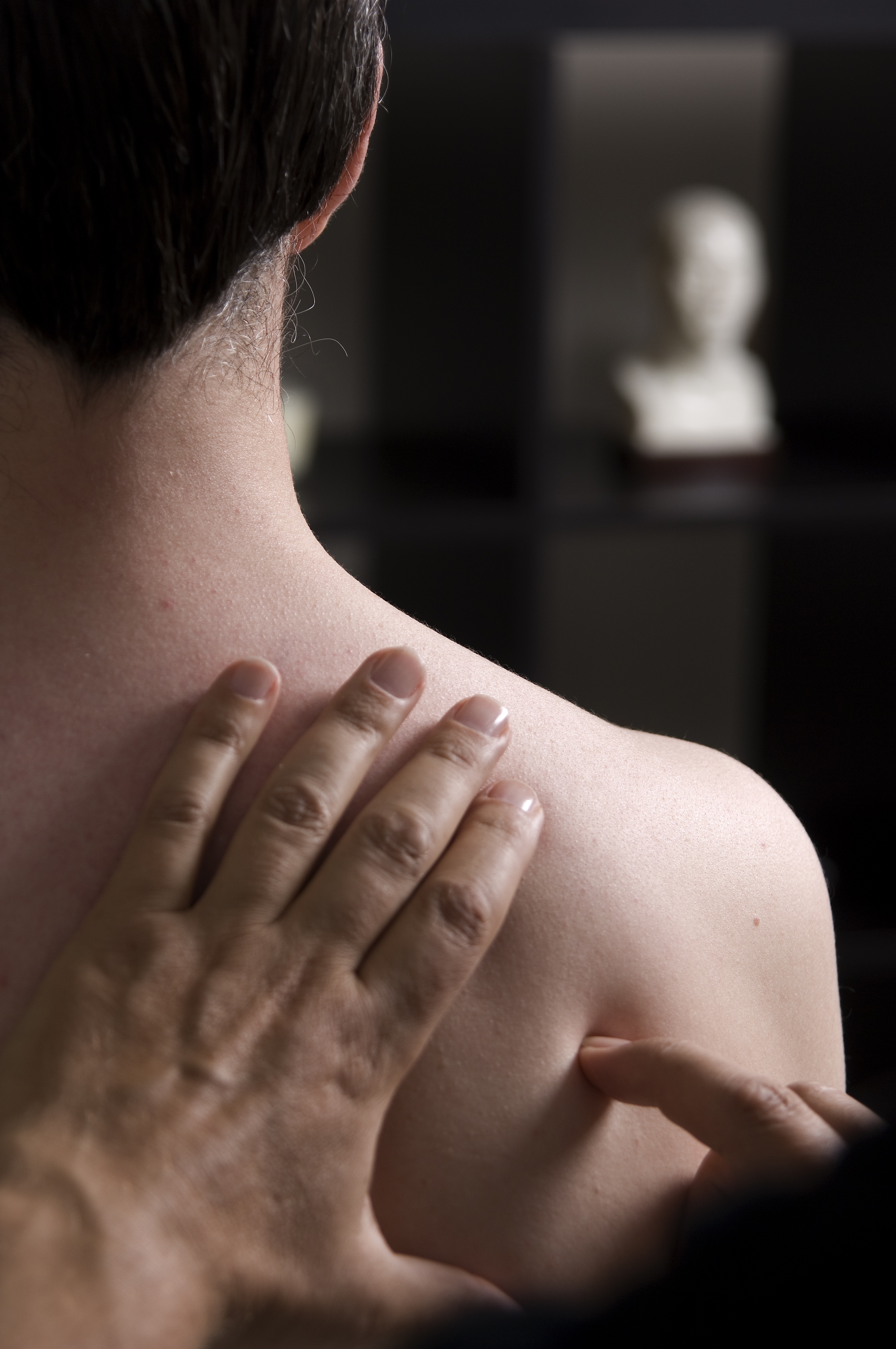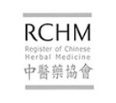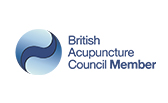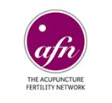
The Points of Acupuncture
Acupuncture points are the most important places an acupuncturist can choose to place needles to rebalance the flow of a persons qi. Needles can be placed elsewhere on the channel, or at other tight, tender or flaccid places, but the points are where the influence on the persons qi is most dynamic.
The concept that the body is animated by energy is an old and persistent one. In Chinese medical theory the concept is that this energy (Qi) circulates around the body along specific channels which have relationships and connections to the organs they share their names with.
Along the course of the channels there are places where the Qi is becomes more dynamic or ‘plunges’ more deeply. Using the metaphor of a river, where it arises it is shallow diffuse and easily affected (fingers and toes), when it becomes a stream it has a specific course and is dynamic but is still easily altered (Wrists and ankles) and by the time it reaches the sea it is deep and powerful (Elbows and knees). This concept and the numerous possible eddies, falls and bends is a nice way of understanding acupoints.
The channels and points have various interconnections and groupings which are related to their functions and to how they affect the different organs, and there are many layers of meaning and understanding related to the actions of the points on different aspects of the organs.
Disease is seen to manifest because of a dysfunction in the organs function or blockage of flow in the channels. By needling a carefully considered choice of key acupoints we aim to harmonise the flow of Qi, removing blockages and fostering the conditions whereby deficiency may be replenished and healing may occur.
Western interpretations
There are theories that the insertion of needles affect certain types of nerve fibres and through that mechanism stimulate or shut down areas of the limbic system. This modulates hormones and neurotransmitters and helps pain control or restoration of homeostasis (the state of dynamic physiological balance our bodies attempt to maintain). It is certain that there are physiological effects from needling acupuncture points as opposed to other areas. Many studies show this, from changed electrical resistance, altered blood flow in the brain and releases of hormones and neurotransmiters.
Needling has mechanical effects which are picked up by the connective tissue and seem to interact with the nervous system to change neuromuscular tone and patterning. The vast majority of points are on fascia planes or interstices (where planes meet) and therefore are likely to have a stronger stimulating effectto the connective tissue mechanoreceptors.
What is unclear is how these measurable changes relate to clinical effects, and doubt arises as there are many studies showing no statistically significant difference from a control form of needling. There are however many studies that do show significant differences also, there is discussion as to why this is on the research page.
Research
Acupuncture points
In addition a significant amount of acupuncture point locations are at places where different connective tissue planes meet, meaning that affecting that tissue could transmit information of mechanical affects along multiple planes affecting multiple muscles and other tissues. There is also a significant (one study finds 80%) correlation between acupuncture points and common trigger point locations. A look at the histology of acupuncture point sites also finds some to be local to lymph nodes and neural junctions, thus possibly stimulating the immune system.
Essentially though there is not yet a completely satisfactory scientific model for how acupuncture works according to western physiological theory, though I believe we will come to an understanding some day.






